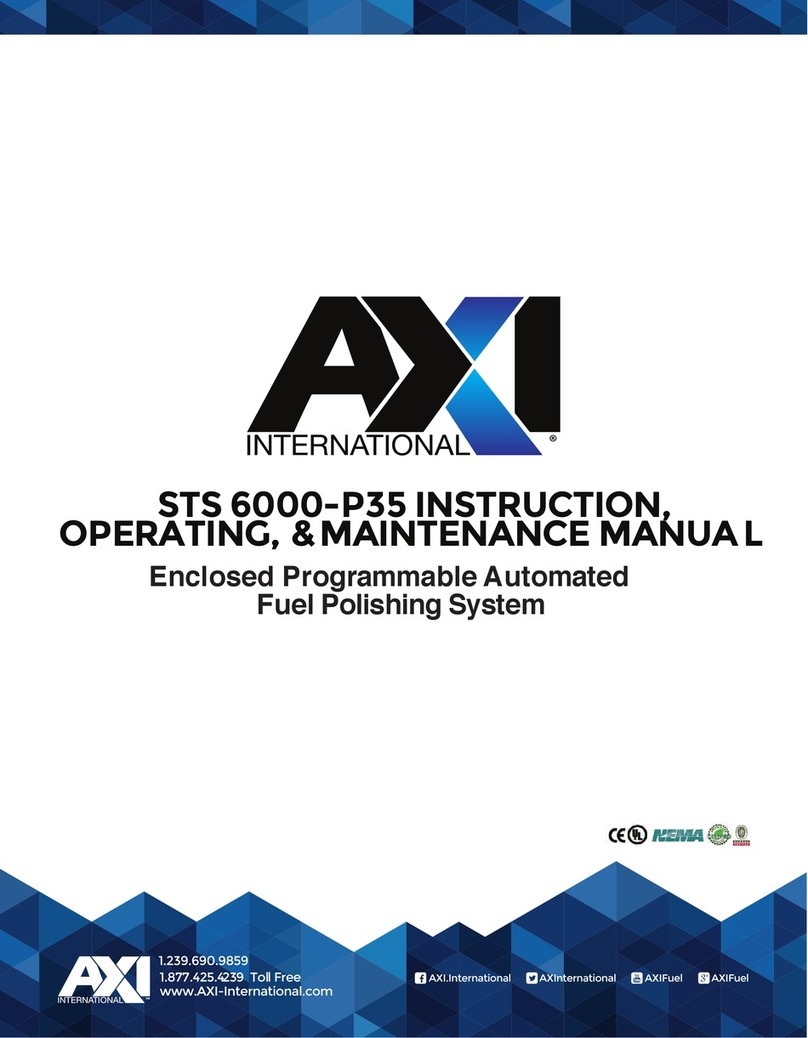
Table of Contents
General Overview ...............................................................................................................................................................
System Components .........................................................................................................................................................
Control and Safety Devices ..........................................................................................................................................
Pump/Motor .................................................................................................................................................................
Pre-Filter/Water Separator ..........................................................................................................................................
Final Filter(s) ..................................................................................................................................................................
Fuel Conditioner ............................................................................................................................................................
Filter Drain .....................................................................................................................................................................
System Enclosure .........................................................................................................................................................
Plumbing ........................................................................................................................................................................
System Operation ..............................................................................................................................................................
Pump Operation ............................................................................................................................................................
Emergency Stop ............................................................................................................................................................
Alarms.............................................................................................................................................................................
Primary Inspection .............................................................................................................................................................
Checklist .........................................................................................................................................................................
Installation ...........................................................................................................................................................................
Mounting ........................................................................................................................................................................
Electrical .........................................................................................................................................................................
Plumbing ........................................................................................................................................................................
Typical System Installation Conguration Schematic .................................................................................................
Installation Precautions .................................................................................................................................................
Controller .............................................................................................................................................................................
Setting Date and Time ...................................................................................................................................................
Programming the Timer .................................................................................................................................................
Menu Structure ..............................................................................................................................................................
Priming the System ............................................................................................................................................................
Priming Procedure .........................................................................................................................................................
Commissioning/Initial Startup ........................................................................................................................................
Flow Switch Setting & Adjustment ................................................................................................................................
Gauge Venting & Accuracy ...........................................................................................................................................
Initial Test Procedures ...................................................................................................................................................
Maintenance ........................................................................................................................................................................
Preventative Maintenance ............................................................................................................................................
Servicing Pre-Filter/Water Separator ..........................................................................................................................
Servicing Final Filter(s) ..................................................................................................................................................
Troubleshooting .............................................................................................................................................................
Filter Chart ......................................................................................................................................................................
Warranty ...............................................................................................................................................................................
Parts/Service ......................................................................................................................................................................
5
6
6
6
6
6
6
6
7
7
8
8
8
9
12
12
13
13
13
14
14
15
16
16
16
16
17
17
18
18
18
18
17
17
18
19
20
21
22
23
REV03016030010218





























